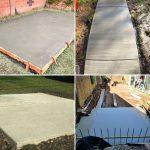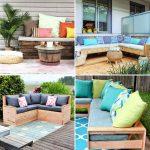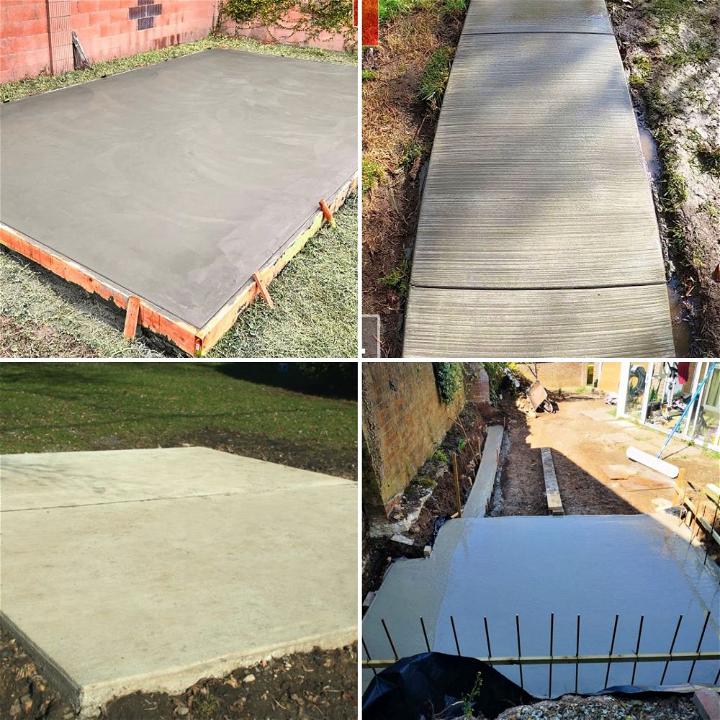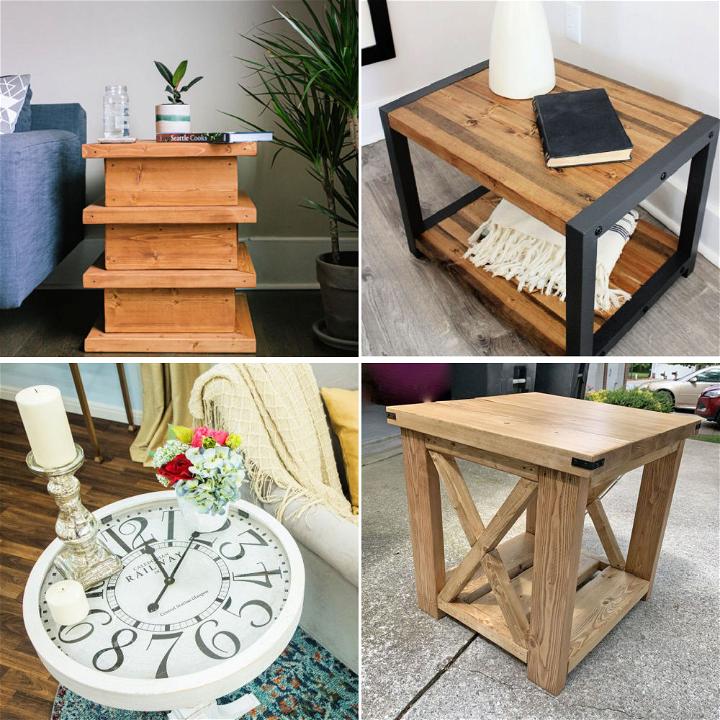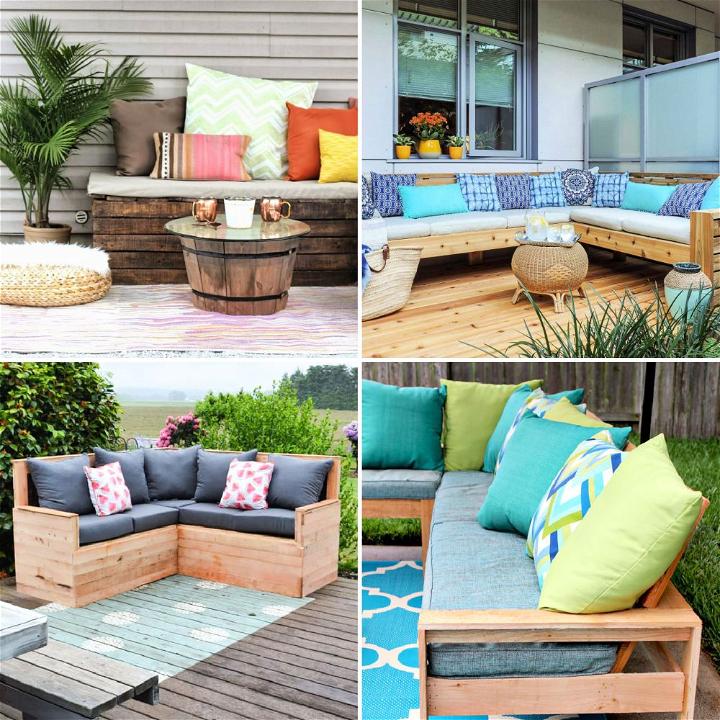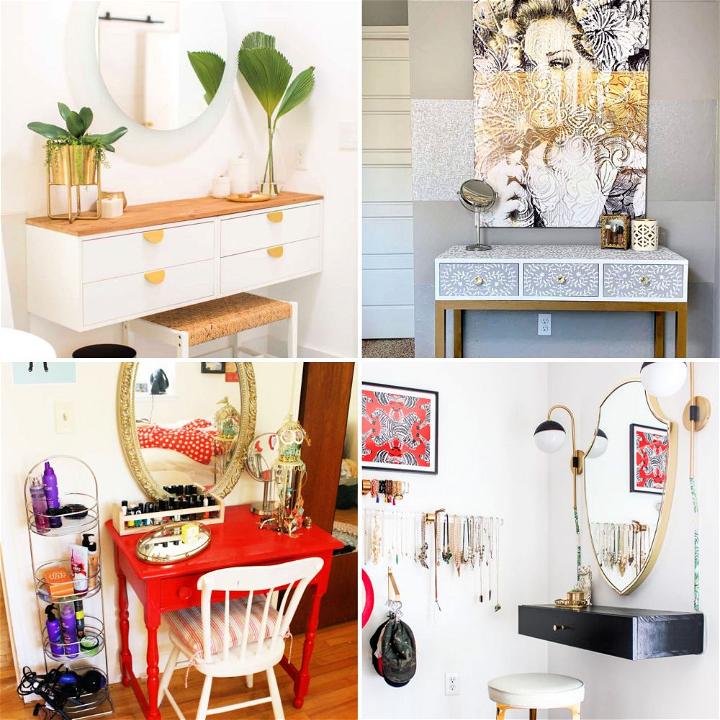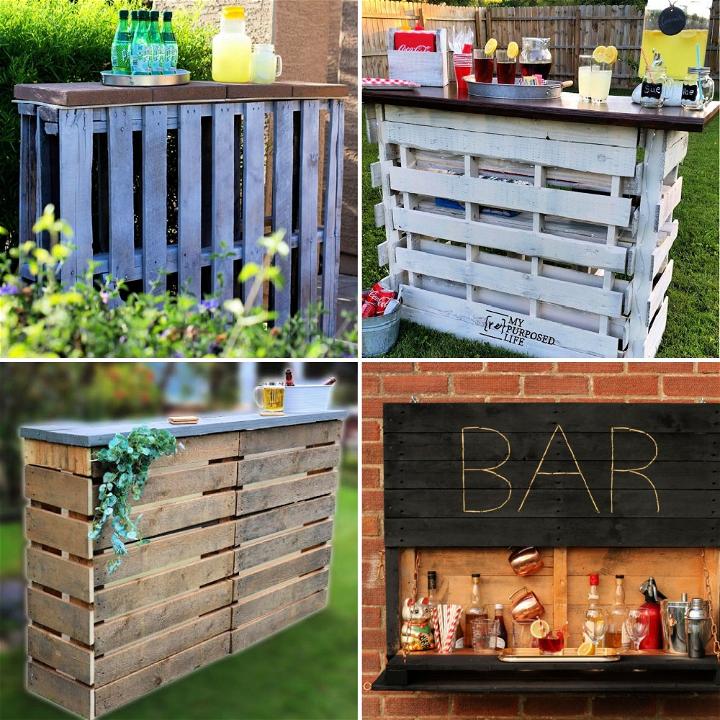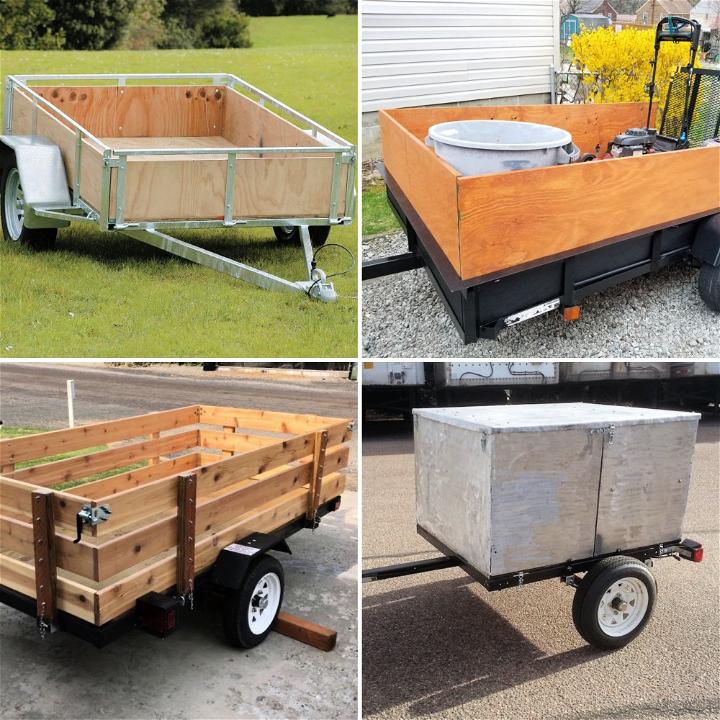Concrete molds are essential tools in the world of DIY and construction, allowing both professionals and enthusiasts to shape concrete into desired forms. These molds can be made from various materials, such as wood, plastic, or metal, and are used to cast items ranging from simple garden stepping stones to complex architectural elements.

What Are Concrete Molds?
At their core, concrete molds are rigid or semi-rigid frames that hold concrete in place as it hardens. They define the shape and surface texture of the final concrete product. The versatility of concrete molds means they can be reused, offering a cost-effective solution for repetitive casting.
Uses of Concrete Molds
Concrete molds are widely used for making decorative elements like pavers, statues, and wall cladding. They're also employed in constructing functional structures such as building panels, pipes, and foundations. The adaptability of molds allows for customization, enabling DIYers to bring their unique visions to life.
Latest Trends in Concrete Molding
The field of concrete molding is continuously evolving, with new technologies and methods enhancing efficiency and creativity.
Modular “Pin-Bed” Molds
One of the latest innovations is the modular “pin-bed” mold system. This technology uses computer-controlled pistons to support and shape a flexible formwork, allowing for the casting of complex shapes with reduced waste and CO2 emissions.
Sustainable Materials and Techniques
Sustainability is a growing trend in concrete molding, with a focus on using recycled materials and reducing the carbon footprint of production. Techniques like 3D printing are being optimized to make more intricate and environmentally friendly concrete structures.
Virtual and Augmented Reality
The integration of virtual reality (VR) and augmented reality (AR) is transforming how concrete is managed—from production to placement. These tools help streamline communication processes and provide a more interactive experience for users.
By embracing new trends and technologies, DIYers and pros can craft innovative, sustainable concrete molds.
How to Make a Concrete Mold - Step by Step Guide
Learn how to make a concrete mold with our easy step-by-step guid e below:
Materials Needed
- Smooth-On urethane rubber (e.g., VitaFlex series)
- Melamine or a smooth, non-porous material for the mold box
- Model or item to replicate
- Release agent (WD-40 or specialized release agents)
- Mixing containers and tools
- Brad nailer or screws for assembling the mold box
- Modeling clay
- Safety gear (gloves, mask for ventilation)
Step by Step Instructions
Step 1: Prepare Your Model
Choose the item you intend to replicate. It can be anything from a small sculpture to an intricate decorative piece. Clean the item thoroughly, ensuring no dust or debris is on its surface.
Step 2: Build the Mold Box
Using melamine or a similar material, construct a box large enough to accommodate your model plus at least a half-inch border around it. This space is crucial for the mold's strength and flexibility. Assemble the box with brad nails or screws, making sure it's sturdy and leak-proof.
Step 3: Secure the Model
Attach your model to the base of the mold box using mounting tape or hot glue to prevent it from shifting during the mold-making process. Ensure the model is centered and stable.
Step 4: Seal and Release Prep
Fill any gaps between your model and the base with modeling clay. This prevents the molding material from seeping underneath. Now, coat the inside of the mold box and your model with a release agent such as WD-40, ensuring all surfaces are covered. This step makes demolding easier.
Step 5: Measure and Mix the Rubber
Follow the specific mixing instructions for your Smooth-On rubber product. Generally, it involves combining equal parts of Part A and Part B. Mix thoroughly to ensure a uniform, bubble-free consistency. Adequate mixing is crucial for the mold's quality.
Step 6: Pour the Rubber
Slowly pour your mixed rubber into the lowest point of the mold box, letting it naturally flow over the model until covered by at least half an inch of rubber. Pouring in one spot minimizes air bubbles, which can affect the mold's detail and accuracy.
Step 7: Cure and De-mold
Allow the mold to cure as directed, typically for 16 to 24 hours at room temperature. Once cured, carefully remove the mold box and extract the model. You now have a rubber mold ready for concrete casting.
Step 8: Casting with Concrete
Prepare your concrete mix according to the manufacturer's instructions. Pour the concrete into your new rubber mold, tapping the sides to release any air bubbles. Allow the concrete to set fully before demolding your replicated piece.
Cleaning and Storage
Clean your rubber mold with warm, soapy water and let it air dry completely before storing it flat in a cool, dry place out of direct sunlight. Proper care will extend the mold's life, allowing for many more creative projects.
Video Tutorial
For a step-by-step video tutorial on making a rubber mold with Smooth-On for concrete, watch this helpful YouTube video.
It pairs well with this written guide, enriching your understanding with visual examples that demystify each technique.
Make rubber molds for concrete with Smooth-On for endless creativity. Make unique garden paths, decor, and gifts. Get creative and enjoy bringing your ideas to life!
FAQs About DIY Concrete Molds
When diving into the world of DIY concrete molds, it's natural to have questions. Here are some of the most commonly asked questions, answered in a straightforward and easy-to-understand manner.
What materials do I need to make a concrete mold?
To make a concrete mold, you typically need a form-making material like wood, plastic, or silicone. You'll also need concrete mix, a release agent to prevent sticking, and reinforcement materials such as wire mesh if you're making a large piece.
Can I reuse concrete molds?
Yes, many concrete molds are reusable, especially those made from durable materials like rubber, fiberglass, or metal. Proper care and cleaning after each use can extend their lifespan significantly.
Are there eco-friendly concrete mold options available?
Absolutely! Eco-friendly concrete molds made from recycled materials are available. You can also make your own by repurposing household items as molds.
What is the difference between rigid and flexible molds?
Rigid molds are typically made from materials like wood or metal and are best for simple shapes. Flexible molds, on the other hand, are made from materials like silicone and can make more intricate designs.
How can I ensure a smooth release of the concrete from the mold?
A smooth release can be achieved by applying a quality release agent to the mold before pouring the concrete. Additionally, vibrating the mold gently can help eliminate air bubbles and prevent sticking.
Can I use any concrete mix for the molds?
Yes, you can use any brand or type of concrete mix for your molds. However, some mixes may be better suited for certain projects, so it's important to read the product specifications.
What is the thickness of foam required to make molds?
The thickness of foam needed for making molds depends on the size and complexity of the project. For most DIY projects, a foam thickness of ½ inch to 2 inches should suffice.
Learn How to Make a Mold for Concrete with These 25 DIY Concrete Mold-Making Ideas
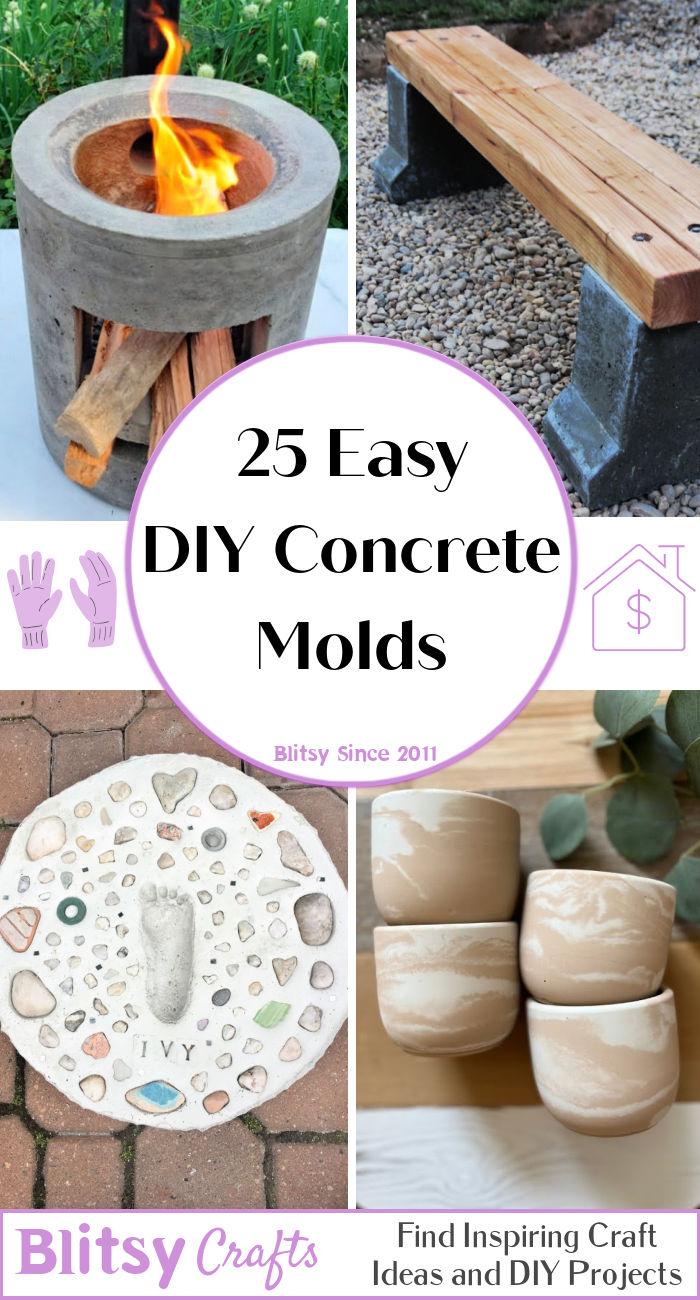
1. How to Make a Concrete Sugar Mold
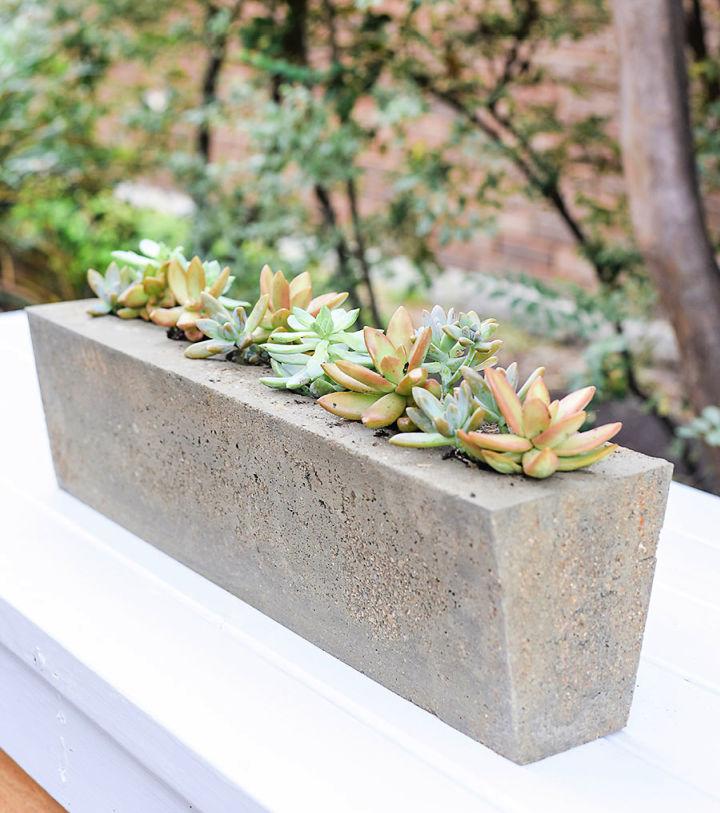
Making a sugar mold from concrete is a sweet way to personalize your decor. Blend household sugar into your mix for easy demolding. Perfect for making small, decorative items that add a unique touch to any room.
2. Two Ingredient Concrete Casting Mold
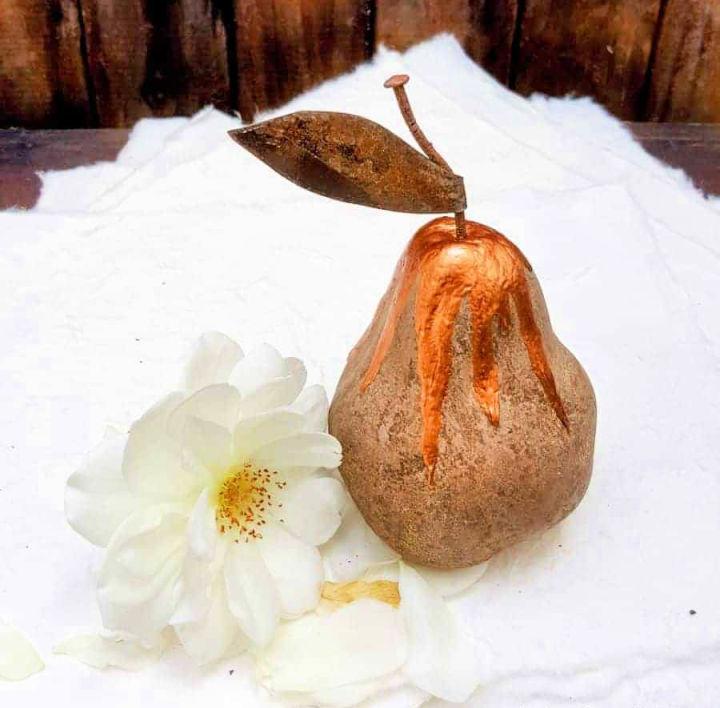
Simplify your making with a two-ingredient concrete mold. Just mix concrete and water to shape anything from garden ornaments to art pieces. This cost-effective method is ideal for beginners looking to experiment with concrete casting.
3. DIY Silicone Mold for Cement Planter
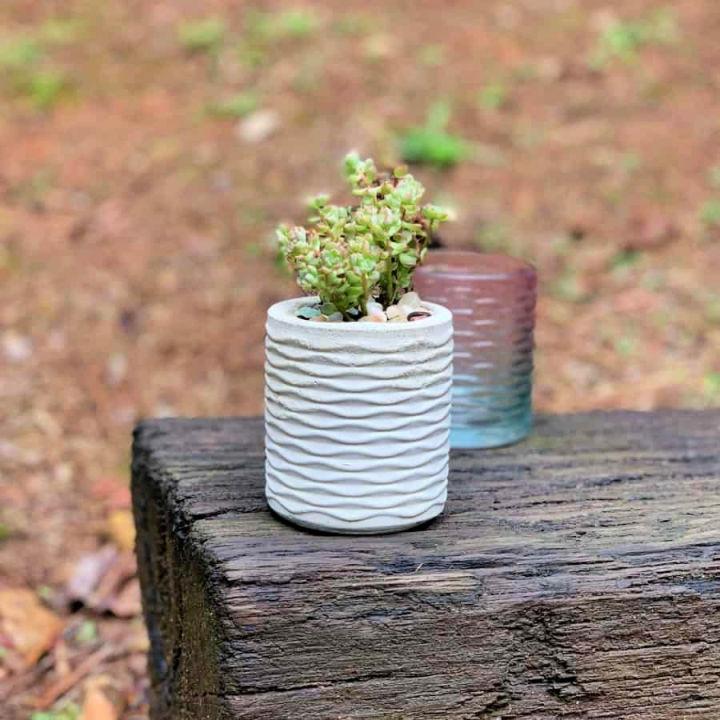
Embrace plant parenthood with a handcrafted silicone mold for cement planters. Flexible and reusable, these molds allow for intricate designs and easy demolding. Add a green thumb touch to your space with bespoke planters.
4. Geometric Concrete Planter Pot Mold
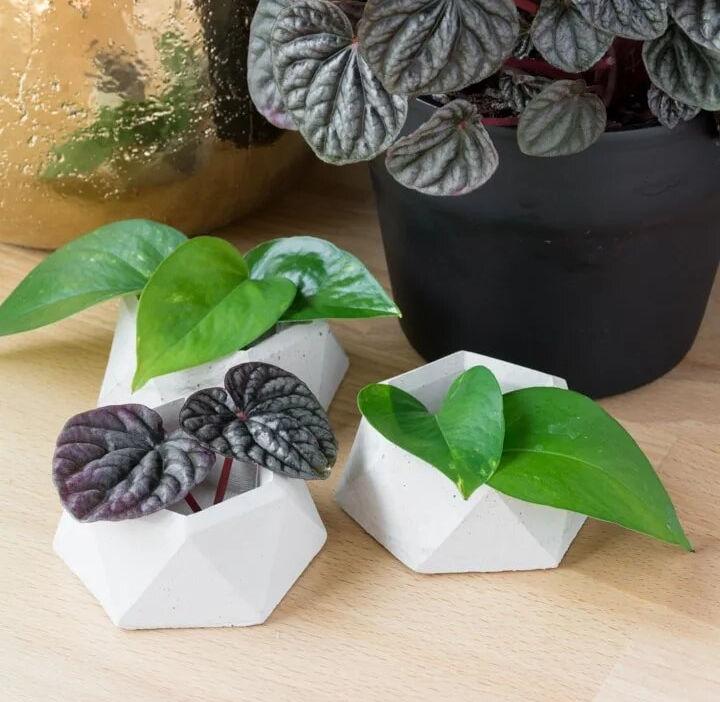
Modern and minimalistic, geometric concrete planter molds bring a sleek design to your foliage displays. Ideal for succulents and small plants, these molds offer a contemporary look, blending functionality with artistic flair.
5. Making a Stepping Stones Cement Mold
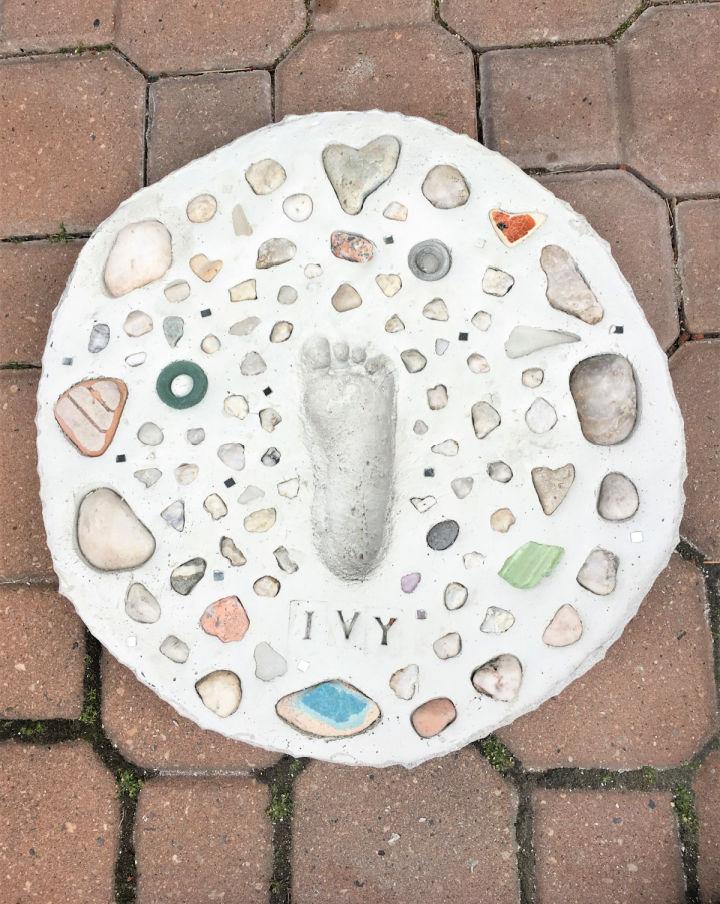
Forge your path with homemade stepping stone molds. From garden pathways to decorative outdoor elements, these stone molds add a personal and functional touch to any landscape. It's an enjoyable project with a rewarding finish.
6. DIY 3D Printing Concrete Molds
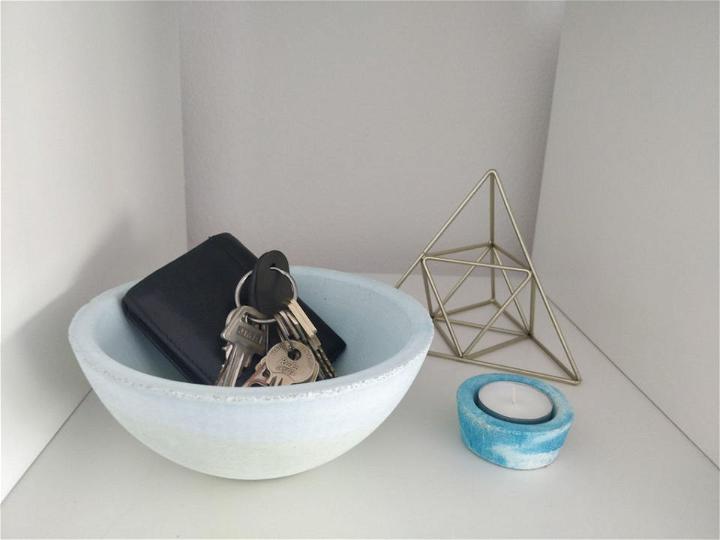
Revolutionize your craftsmanship with 3D printed concrete molds. This innovative approach allows for precision and complexity in designs, pushing the boundaries of traditional concrete casting. Ideal for those looking to experiment and enhance their creative projects.
7. Triangle Concrete Planter Mold
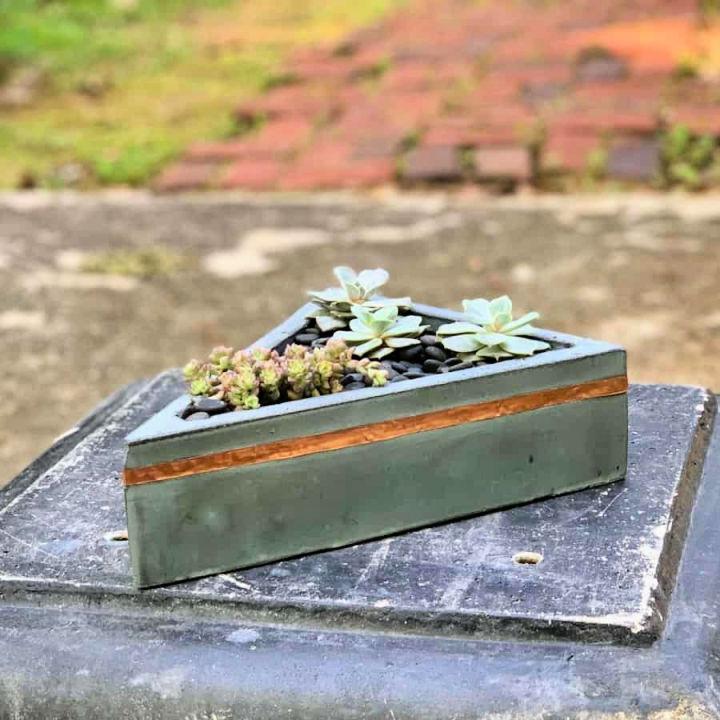
Add an edge to your garden or indoor plants with a triangle concrete planter mold. Its unique shape offers a modern twist on traditional planters, serving as both a decor piece and a home for your greenery.
8. Vacuum Formed Concrete Mold
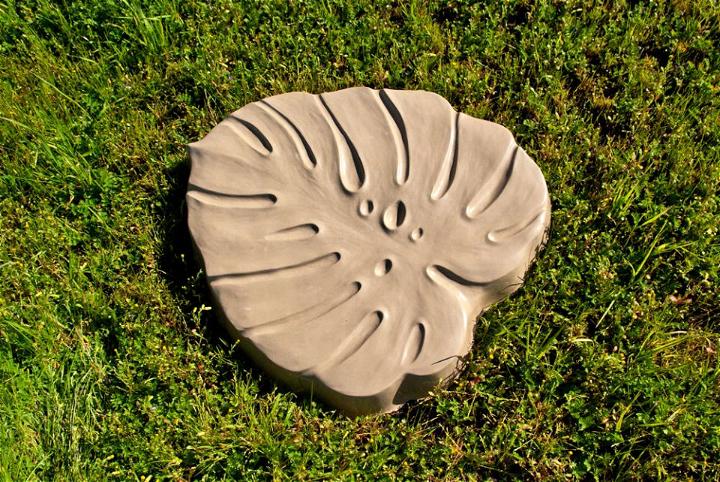
Vacuum forming is a game-changer for concrete molds, offering smoother finishes and intricate details. It's a versatile technique that caters to both functional and decorative items, providing a polished look to your concrete creations.
9. DIY Concrete Vase from Plastic Bottle
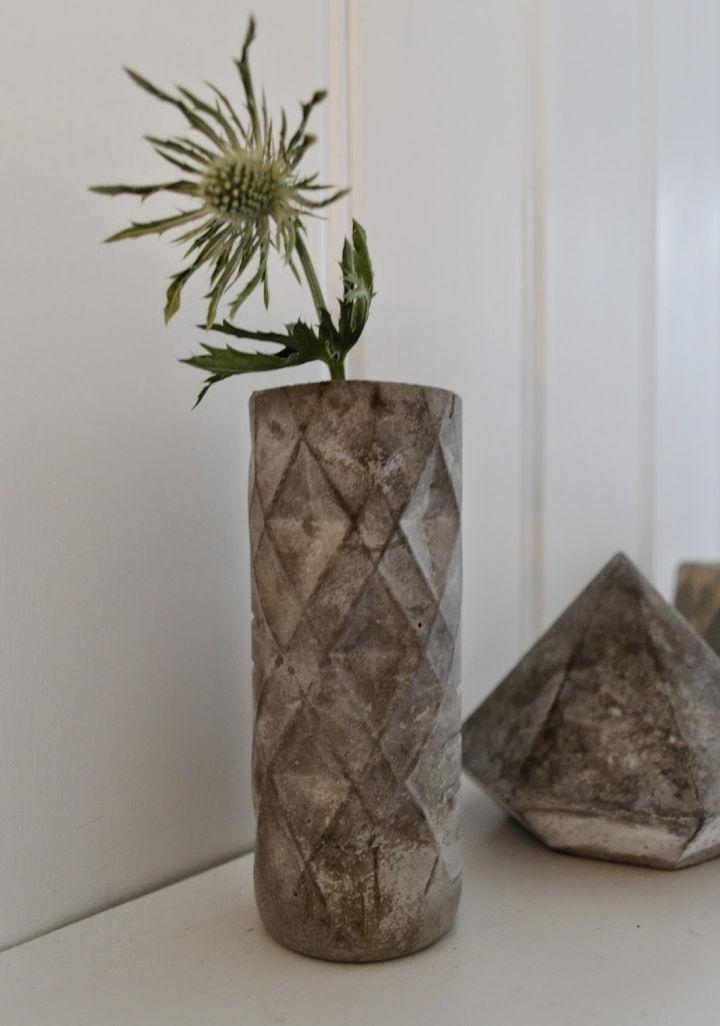
Repurpose plastic bottles into stunning concrete vases with a simple DIY project. This eco-friendly approach not only upcycles waste but also adds a touch of industrial chic to your home decor. Perfect for showcasing your favorite blooms.
10. Outdoor Wood and Concrete Bench Mold
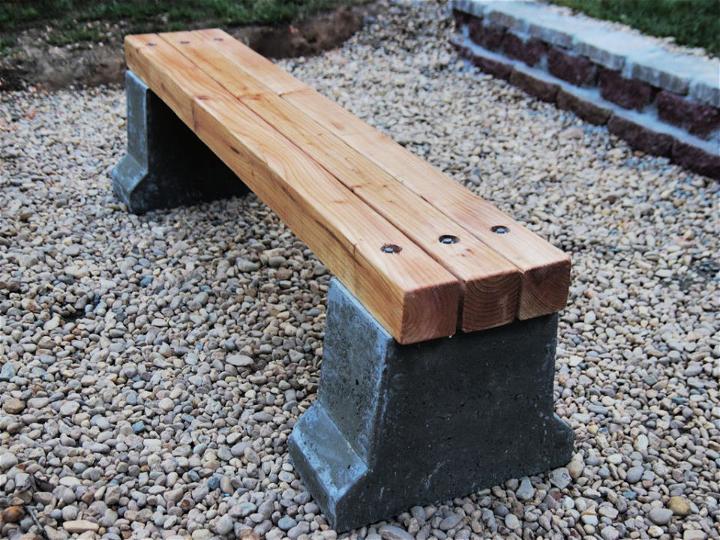
Combine the warmth of wood with the durability of concrete to make an outdoor bench. This DIY project offers a rustic yet modern addition to any outdoor space, blending natural elements with sleek concrete for a sturdy seating option.
11. Paver Walkway from Concrete Mold
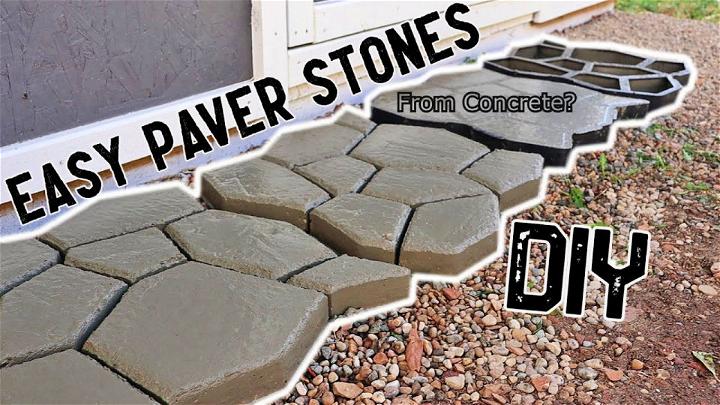
Imagine stepping on a pathway that's uniquely yours. Using a concrete mold for a paver walkway lets you customize designs, ensuring durability and adding a personal touch to your outdoor space. It's a simple, cost-effective way to enhance your garden or yard's appeal.
12. Make Your Own Concrete Chair Mold

Making a chair from a concrete mold might sound daunting but think of the endless design possibilities and the sturdy, weather-resistant seating you'll craft. This project invites a touch of industrial chic to your décor, blending well both indoors and outdoors.
13. Monarca Concrete Sink Molding Design
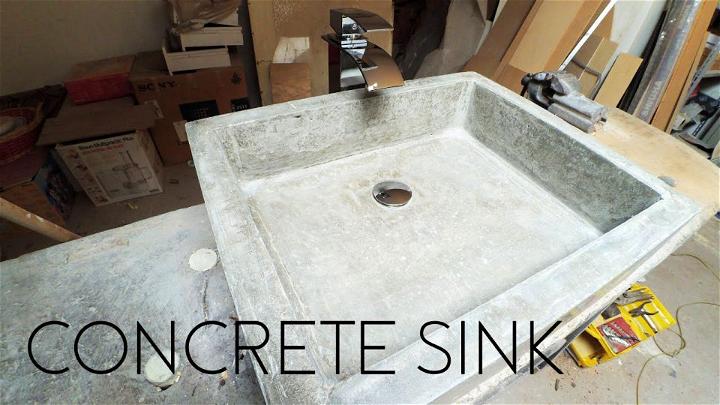
Elevate your bathroom with a Monarca concrete sink. This molding design combines elegance with durability, offering a sleek, modern look that's fully customizable. It's a statement piece that showcases your style, while providing the practical benefits of concrete's robustness.
14. Cheap Concrete Weight Plates Mold
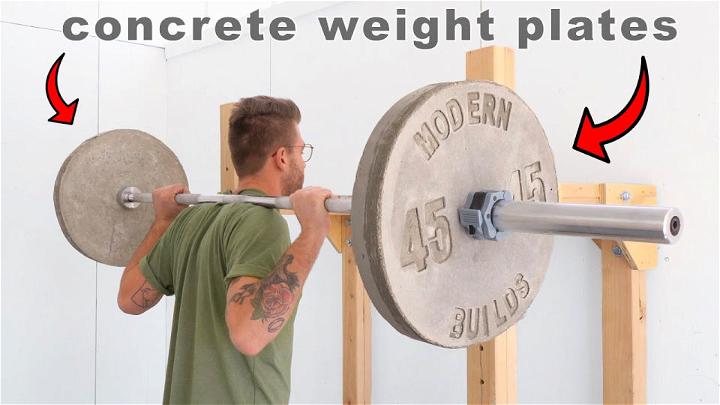
Why spend a fortune on weights when you can make them at home? A concrete weight plates mold offers an affordable solution for fitness enthusiasts looking to build their home gym. It's a practical, straightforward project that yields long-lasting equipment for your strength training routine.
15. Easy DIY Concrete Lamp
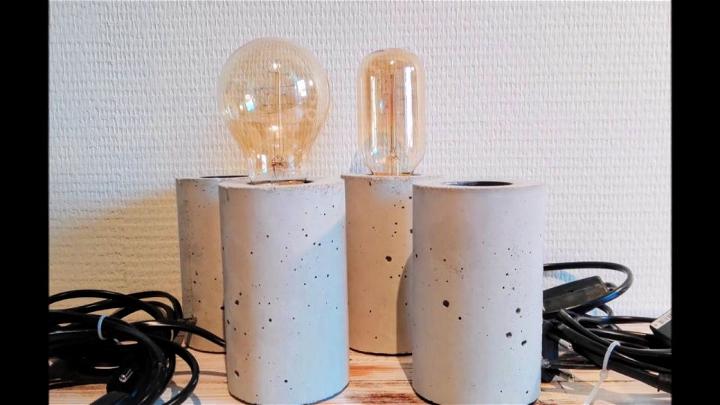
Illuminating your space with a concrete lamp you've maked adds a warm, industrial charm. This DIY project is not just easy and satisfying, but it also allows for customization in design and size, making your lighting truly one-of-a-kind. Plus, it's a durable addition to your décor.
16. DIY Mold for Concrete End Table
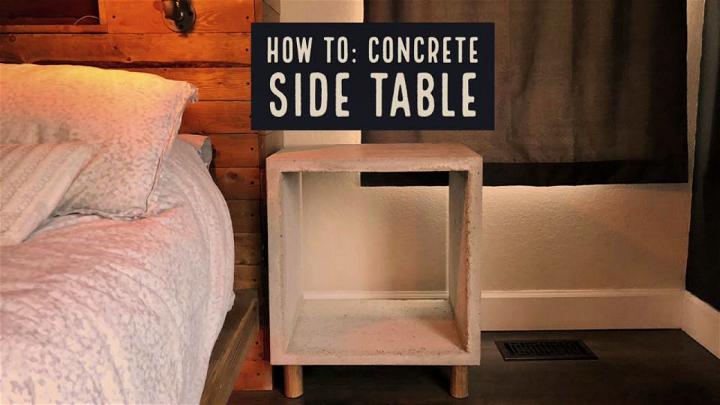
Crafting an end table from concrete might just be the conversation starter your living room needs. This DIY project lets you mold your creativity into something functional and stylish. The end result is a chic, sturdy piece that complements any interior design theme.
17. GFRC Concrete Dining Table with Metal
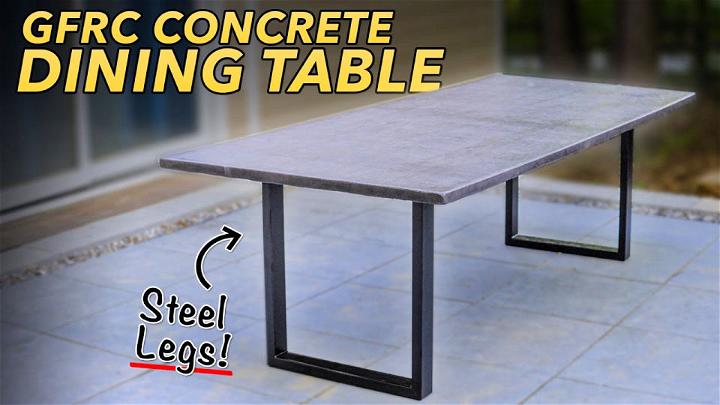
Imagine a dining table that blends the raw beauty of GFRC concrete with the sleekness of metal. This fusion makes a stunning, durable piece that stands the test of time. It's perfect for those who appreciate a modern twist on classic materials in their dining space.
18. Concrete Landscape Edging Mold
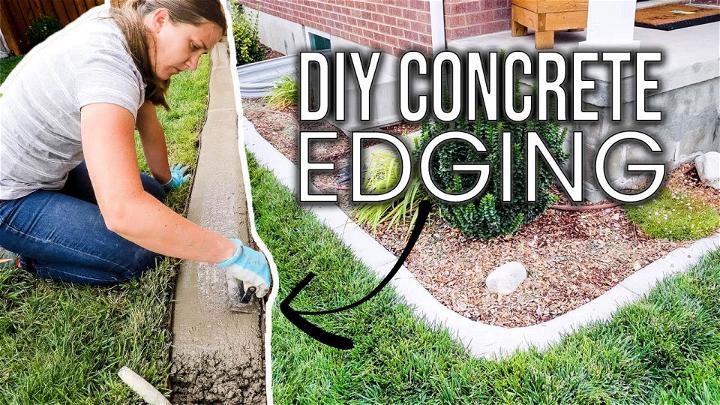
Defining your garden beds with concrete landscape edging adds a crisp, clean look to your outdoor space. It's a simple, cost-effective way to make border lines that are as durable as they are attractive, protecting your garden while offering an aesthetic appeal.
19. DIY Forms for Concrete Curb Mold
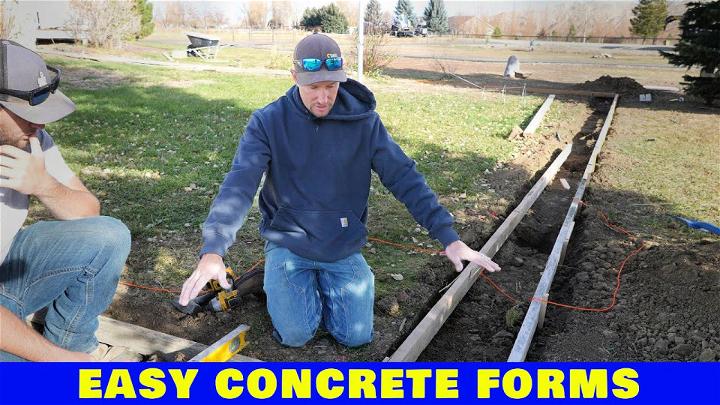
Making curbs has never been easier. With DIY concrete curb molds, you can craft borders that are not only functional but also add to the visual appeal of your property. It's an affordable, straightforward way to improve landscape design and functionality.
20. Unique Smokeless Stove with Cement
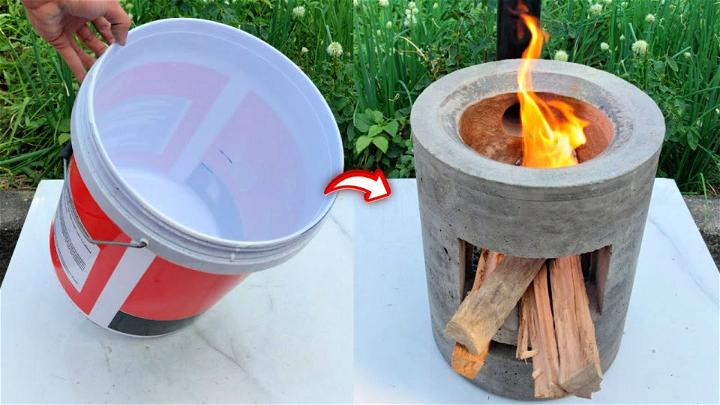
A smokeless cement stove represents a revolution in eco-friendly cooking. This unique DIY project not only reduces emissions but also offers an efficient way to cook outdoors. It's an innovative solution for those who love to entertain or spend time in nature, without leaving a trace.
21. Free Concrete Jars Molds

Unlock the joy of crafting with Free Concrete Jars Molds. These molds are perfect for making unique storage solutions or decorative pieces. Their user-friendly design ensures anyone can master the art of concrete crafting, turning a simple mixture into functional art.
22. Marble Concrete Candle Vessel
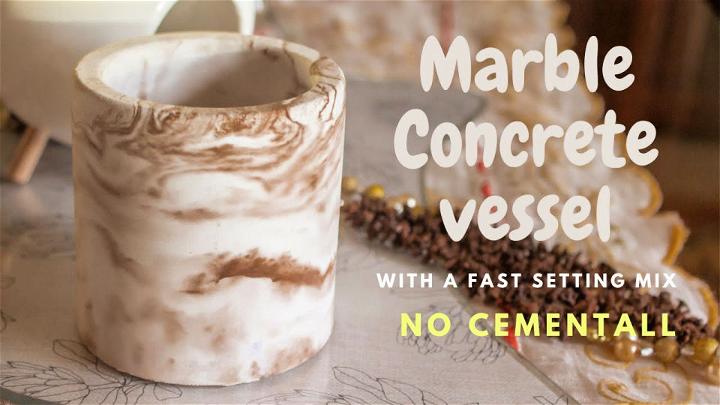
Elevate your candle game with a Marble Concrete Candle Vessel. Infuse elegance and durability into your home ambiance. The sleek design, mimicking the luxurious look of marble, adds a touch of sophistication to any room while being robust enough for daily use.
23. Reusable Mold for Concrete Planter
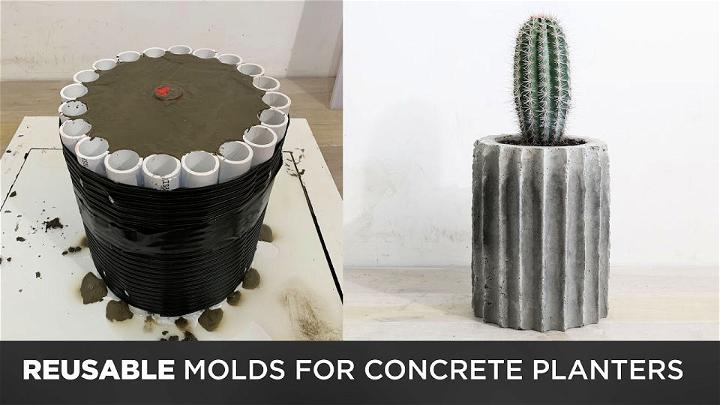
Gardening enthusiasts, rejoice! The Reusable Mold for Concrete Planter allows you to craft endless bespoke planters. This eco-friendly choice not only reduces waste but also brings a personalized flair to your greenery display. It's perfect for anyone looking to blend creativity with sustainability in their garden.
24. Luxe Stone Patio Concrete Furniture Mold
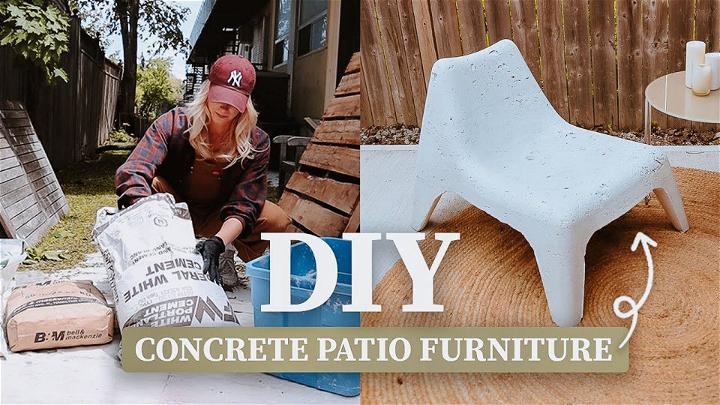
Bring your outdoor oasis dreams to life with Luxe Stone Patio Concrete Furniture Molds. Designed for elegance and durability, these molds allow you to make high-end furniture pieces that withstand the elements, making your patio the ultimate destination for relaxation and entertainment.
25. Concrete Sink Stone Bathroom Sink from Cement
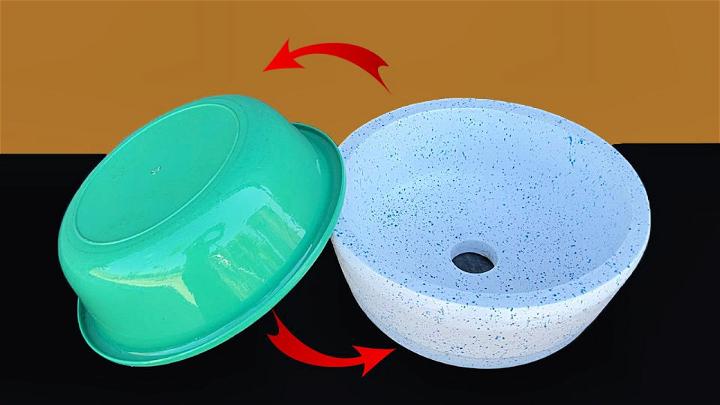
Transform your bathroom with a Concrete Sink Stone. This sink combines functionality with unique aesthetics, crafted from cement for a rustic yet modern look. Its durable design promises longevity, ensuring your bathroom remains a sanctuary of style and practicality for years to come.
Conclusion:
In conclusion, making your DIY concrete molds can be a fun and rewarding project. By following the steps outlined in this guide, you can unleash your creativity and embark on a delightful crafting journey. Whether you're a novice or an experienced crafter, making your own molds allows you to personalize your creations and add a unique touch to your home decor.


